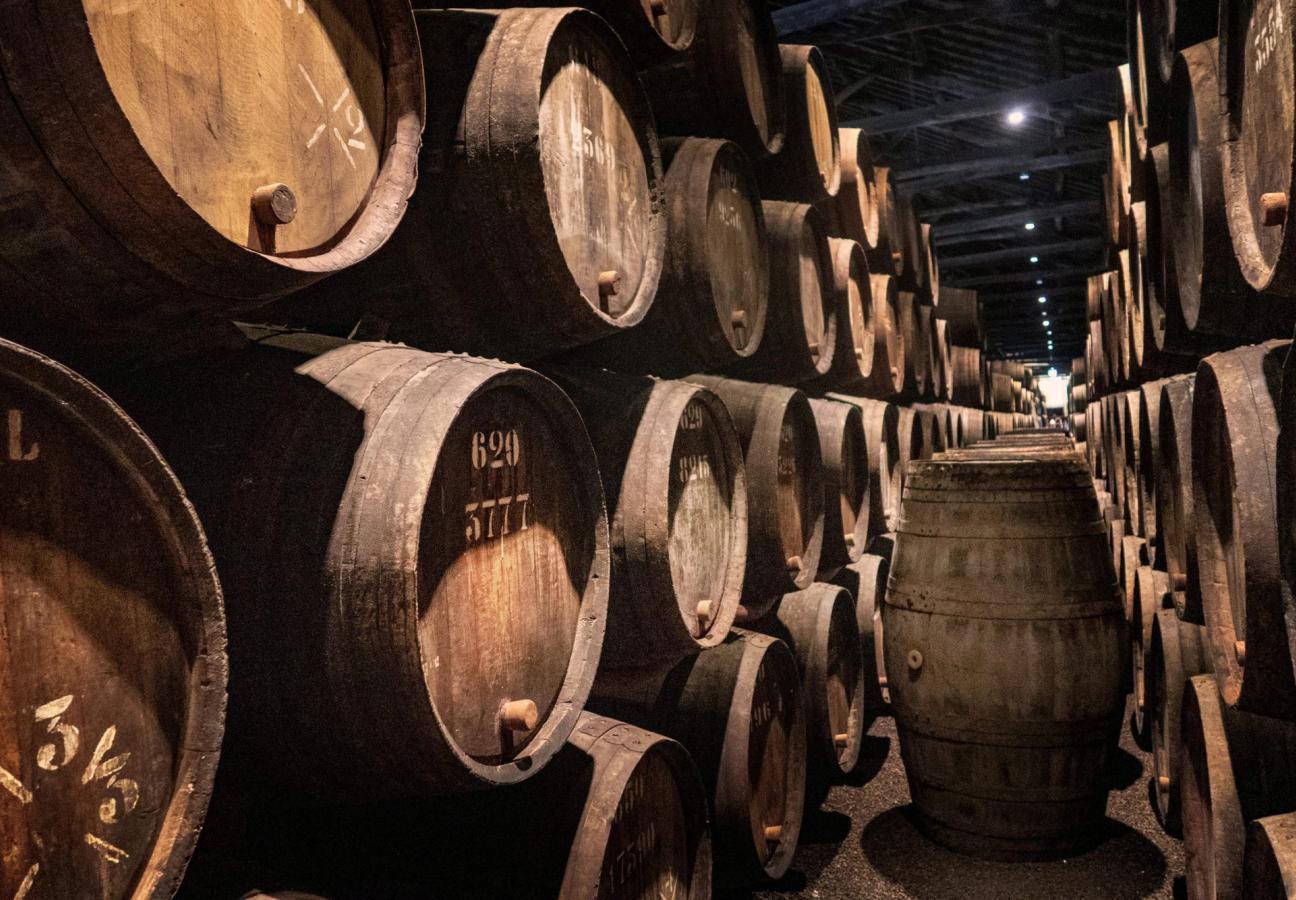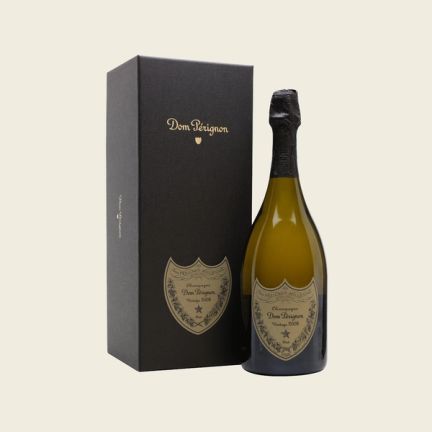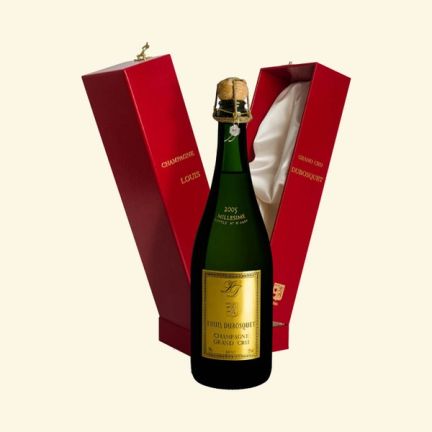

Why was 2008 the best ever year for Champagne?
We ask a wine expert why a relatively recent vintage is set to become the most important year in the history of fizz
Words: Jonathan Wells
If you listen very, very closely, you can already hear the corks popping. That’s right, it’s Christmas party season — and we’re all in search of the best bottles of bubbly to fill up our festive flutes.
As an avid reader of Gentleman’s Journal, we’re sure you’ll remember our review and ranking of the best own-label champagnes. From Harrods to Harvey Nichols, we sipped over ten bottles in the name of science to determine which was the best. And, while some truly surprised us — take a bow Fortnum & Mason — there are no bets safer than seeking out a vintage from one particular year.
Could it be 1982, and its famously rich bottlings — overflowing with complex, abundant flavour? Could it be 1990, when big, powerful full-flavoured fizz won the day? Well, actually, no. For our favourite ever vintage, you must fast-forward a few years; because we’d wager the best ever year for bubbly was 2008. Here’s why…
The conditions were perfect for brilliant bottlings
Just over a decade ago, the vineyards of Champagne were glittering with frost. And these conditions, sommelier and wine expert Davy Zyw tells us, led to one of the best grape harvests in the storied region’s history.
“The defining characteristic for the 2008 vintage was the cold winter,” says Zyw, who currently works as a master buyer for Berry Bros & Rudd. “And that was followed by a steady, dry and rather cool growing season which allowed slow ripening, whilst achieving full phenolic maturity.”
Phenolic maturity, for the uninitiated, refers to particular compounds that develop in grapes that are integral to the winemaking process further down the line. The conducive colder weather conditions of 2008 led to a harvest of clean, ripe fruit with brilliant acidity. In turn, the resulting wine was defined by a rich character and concentration of flavour, paired with, as Zyw puts it, “spades of freshness”.
The houses have been biding their time to ensure quality

But it’s not all about the harvest and the grapes at the time of picking. Even the best crops can be spoilt if handled in the wrong way by producers. Thankfully, the champagne houses recognised an above-average harvest, and approached the 2008 vintage with the reverence and care that it deserved.
“And we are finally beginning to reap the rewards of 2008,” says Zyw. “Many of the prestige cuvées are only just being released. For the first time in history, Cristal and Dom Perignon released a newer vintage ahead of the previous one — with 2009 wines being released before 2008. The power and force of the 2008 wines meant they needed more time on lees and under cork, before they could be released.”
As such, 2008 bottlings have been handled with the utmost of care; created with an almost mechanical meticulousness to ensure the best flavours possible. Would the 2008 vintage be as well-received had the brands and master winemakers not laid out these forward-thinking plans? Almost certainly not. So the human touch is just as much to thank for this stellar vintage as the fortuitous natural conditions.
The flavours that developed have stood the test of time
“Often the hype of great vintage eclipses the reality of quality,” reveals Zyw. “But I can safely say that the quality of the 2008 vintages surpass many of their glossy write-ups. 2008 will be remembered as one of the great years in Champagne, with many of the region’s most celebrated Chef du Caves putting it on a pedestal above the legendary 1988 and even the infamous 1996.”
So what is it about the flavour of the 2008 vintage that makes it so good? According to Zyw, the year saw a return to a more classic, dry style of champagne — with vibrant fruit and an effervescent acidity coming together in a wholly unexpectedly harmonious way. These are balanced bottlings; of bold flavours, fine fizz and velvety texture.
So there you have it. If you’re looking to really impress this Christmas, you needn’t head too far back to find the best vintage money can buy. And, just to give you a helping hand, we’ve rounded up three of our 2008 favourites below.
Looking for more bubbly tips? Raise a toast with Louis Roederer at London’s best bars…





